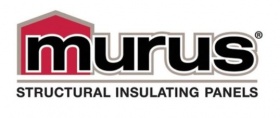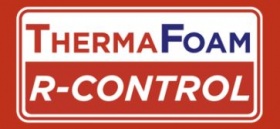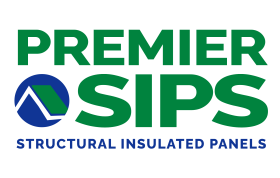Healthier Buildings with SIPs
Click below for the Walls & Ceilings 2020 article on SIPs titled “Build for a Healthier Tomorrow, Today.”
Indoor Air Quality
A SIP home or commercial building allows for better control over indoor air quality because the airtight building envelope limits incoming air to controlled ventilation. Controlled ventilation filters out contaminants and allergens, and also allows for incoming air to be dehumidified, reducing the possibility for mold growth. This ventilation system is especially important in regions experiencing seasonal wildfire smoke as well as high precipitation, humid climates.
There are a variety of ventilation strategies that can be employed to provide fresh air to airtight homes. These vary by climate, but most are relatively inexpensive and operate on automatic control systems without the need for homeowner action.
Learn more about Mechanical Ventilation with SIPs and view our video on the topic below.
Is the SIP Building Envelope too Tight?
Many think a SIP building envelope can be ‘too tight’ not allowing in any fresh air. This is not true. The correct statement is that efficient, low-air-leakage SIP buildings require make-up fresh-air supplies which come from intentional routes and not from arbitrary holes, gaps and leaks. Unfiltered air leaking into structures often unintentionally brings dust and other external contaminants which lower indoor air quality.
No Wall Cavities for Mold Growth
SIP structures are cavity-free. Unlike buildings with wood framing and manually-applied insulation, SIP walls and roofs are uniformly insulated. SIPs don't have the voids, cold spots or thermal bypasses of conventional insulation that can cause condensation leading to potentially hazardous mold, mildew or rot.
No Harmful Chemicals
SIPs do not contain any VOCs or other harmful chemicals that can affect occupant health. The components used to make SIPs (foam, oriented strand board, and adhesive) meet some of the most stringent standards for indoor air quality. EPS foam uses pentane, a non-CFC blowing agent that dissipates shortly after projection. The foam cores have no off-gassing. Oriented strand board does not contain urea formaldehyde adhesives and meets the world's leading formaldehyde emissions standards including those of U.S. HUD and the California Air Resources Board (CARB).
Learn more about SIPs and formaldehyde.
Learn more about expanded polystyrene (EPS) and HBCD flame retardants.

















